World Artists and their Story, 6 – Olaf Mooij
World Artists and their Story, 6 – Olaf Mooij
At Art The Hague Olaf Mooij’s work was on show. I saw glass jars in various sizes, but also wooden objects, fur, fossils and African shields – so it seemed at first sight. It can all be traced back to one thing: the car as a living being.
Olaf Mooij: ‘My father had a good relationship with his car. When he returned home after a drive, he pushed the car door back and then he gave the car a pat on the roof. ‘Well done, boy’, he often said. Many years later, I was already an artist, I met a man who told me that he didn’t know what to with his old car, it was an old Ford Taunus.’
Dreaming car
‘This man was a wig maker. I got an idea. I changed the Ford Taunus into a Hair Car, it was my first hair car. After this came the idea for the Braincar, which was made on a much larger Ford, namely a Ford Mercury.’ On the roof of the Ford Mercury he installed a large brain, the various lobes lifelike along and through each other.
By day he drove the car through neighbourhoods in Rotterdam and other places. The brain car was also to be seen in front of the doors of Rotterdam’s Raw Art Fair and later at Korte Voorhout, the stately avenue in The Hague.
In the evenings the car started to dream. Through video projections on the matt white brain you could see the events of the day passing by. Mooij: ‘At one point I thought ‘The car behaves like a human being. But what happens if it dies? Then there must be a new born.’ That was the beginning of a whole series of new artworks.
African shields
You see the birth of a new car. At the very first start there is a kind of spawn with algae amber oil. You see it floating in one of the larger jars. At one point the miracle of life shoots into it. Then you see in another bottle an embryo – it’s a very small car. The umbilical cord still hanging on. In another pot you see a growing car. It even begins to have a bodywork.
Mooij: ‘The car is a red blood cell moving through the veins of a body, the road network.’After the car has taken shape in the pots with yellow-brown oil, it is time for the trips. You see a car trunk in fur lying flat on the ground, the car as a fossil, the car as a kit, also flat on the ground. Aditionally you see African escutcheons, shields, but on closer inspection it’s also the car, now seen from above.
Artists workshop
Olaf Mooij: ‘Just like my father, many people have an emotional connection with their car. It’s a nice opening to look at a new way to something familiar. A door opens, as it were. That includes myself. When I came up with the idea of the brains, the rest followed, starting with the idea of the birth. And then the other ideas and artworks. That brain car is my key work.’
Mooij works in a large artists’ workplace in the port of Rotterdam: the foundation Kunst & Complex. It employs 25 artists. In addition to the Kunst & Complex there is the Atelier Van Lieshout (AVL). Van Lieshout was originally one of the 25 artists and still has a space in Kunst & Complex.
Weir wood
Olaf Mooij likes recycling material. For his African shields – which prove to be no shields, but cars – he uses wood that he found in the harbor. ‘Weir wood, they use it for fixing loads in the ships.’All the glass jars, bottles and glass pots have been used before as well.
Mooij graduated in 1983 at the Rotterdam Academy of Fine Arts at the department of Spatial Idea Development, which is the modern sculpture department. He is an artist since 1983. How is art life? ‘Difficult sometimes. I can live from it. Also in the past, but then there were more grants. Now there are fewer grants, but fortunately I have more sales.’
http://www.olafmooij.nl/www.olafmooij.nl/home.html
http://ifthenisnow.nl/nl/verhalen/de-wereld-van-de-rotterdamse-kunstenaar-2-olaf-mooij
Disclaimer: The views, opinions and positions expressed within this guest article are those of the author Walter van Teeffelen alone and do not represent those of the Marbella Marbella website. The accuracy, completeness and validity of any statements made within this article are not guaranteed. We accept no liability for any errors, omissions or representations. The copyright of this content belongs to Walter van Teeffelen and any liability with regards to infringement of intellectual property rights remains with the author.

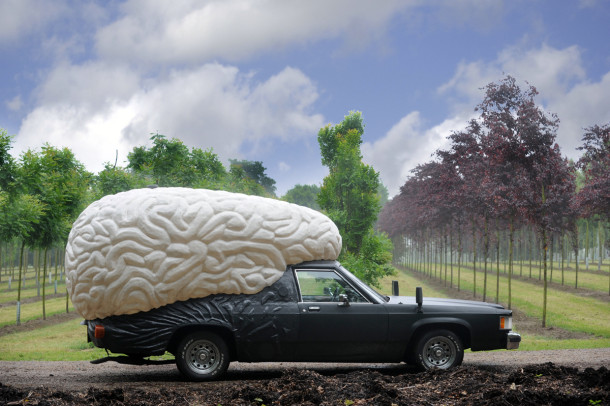
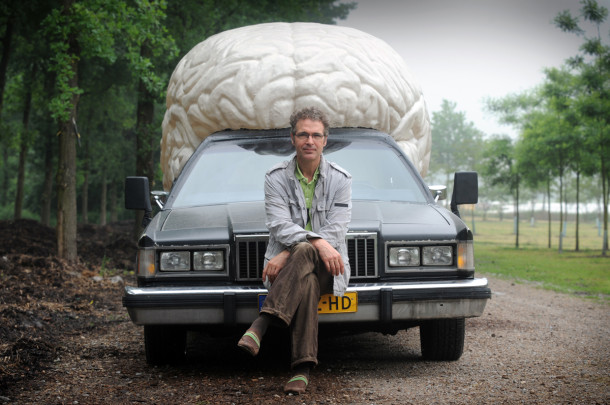
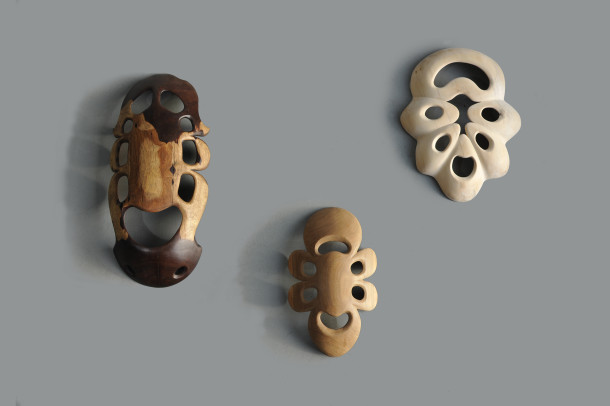
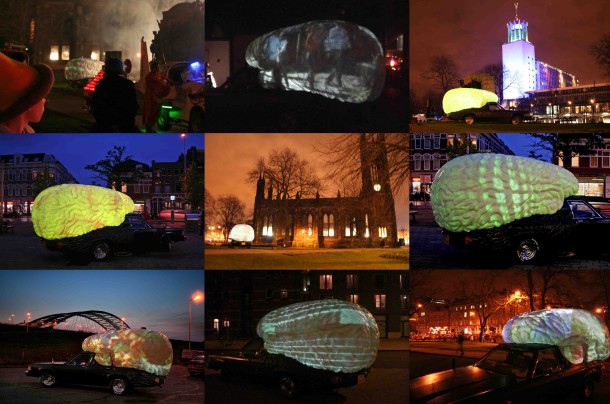
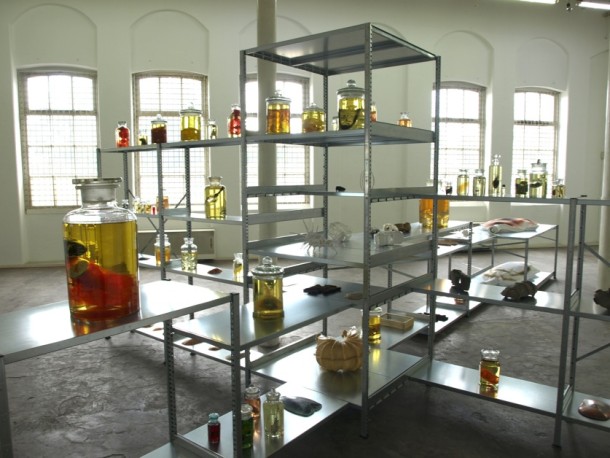

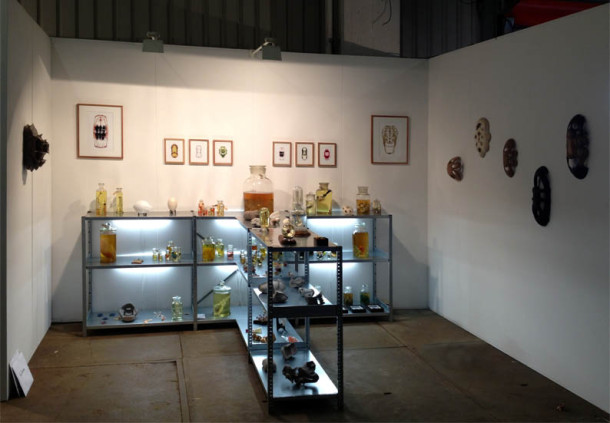














The opinions expressed by individual commentators and contributors do not necessarily constitute this website's position on the particular topic.